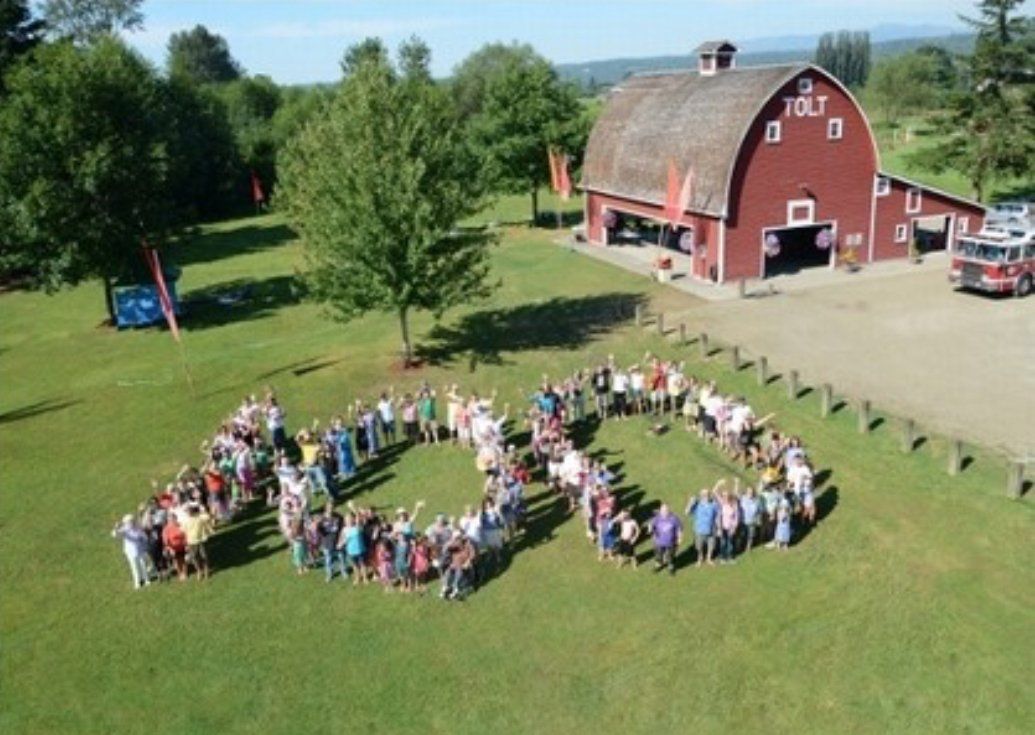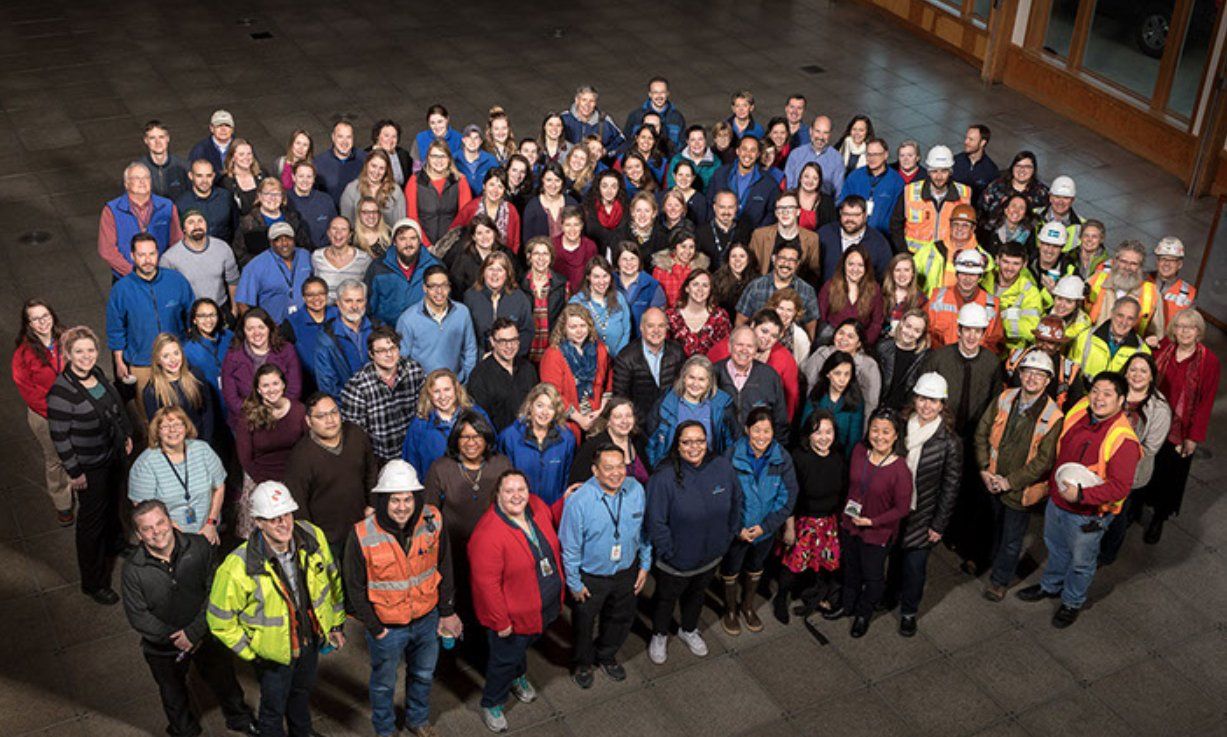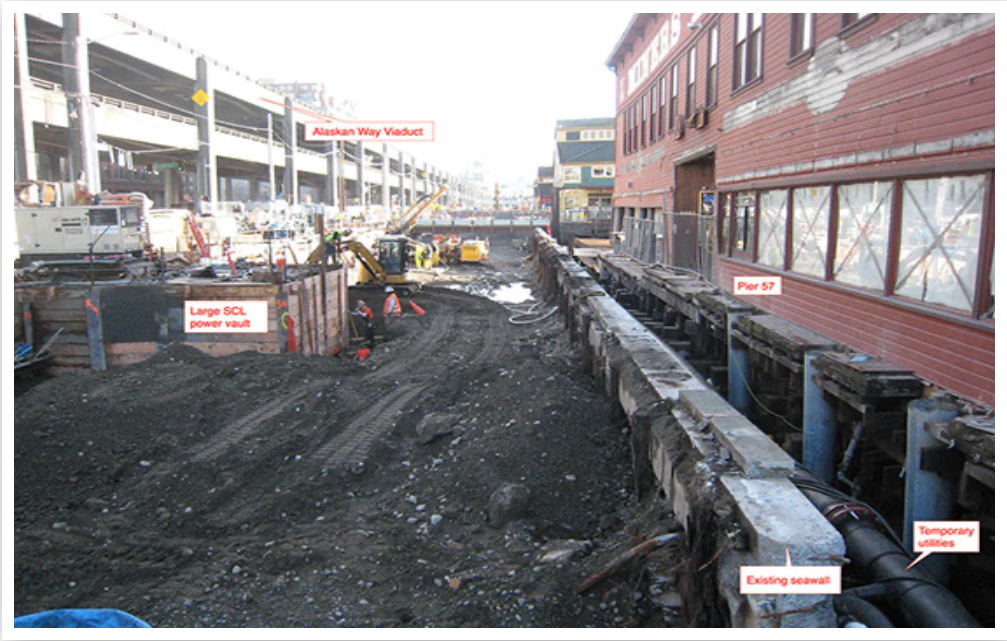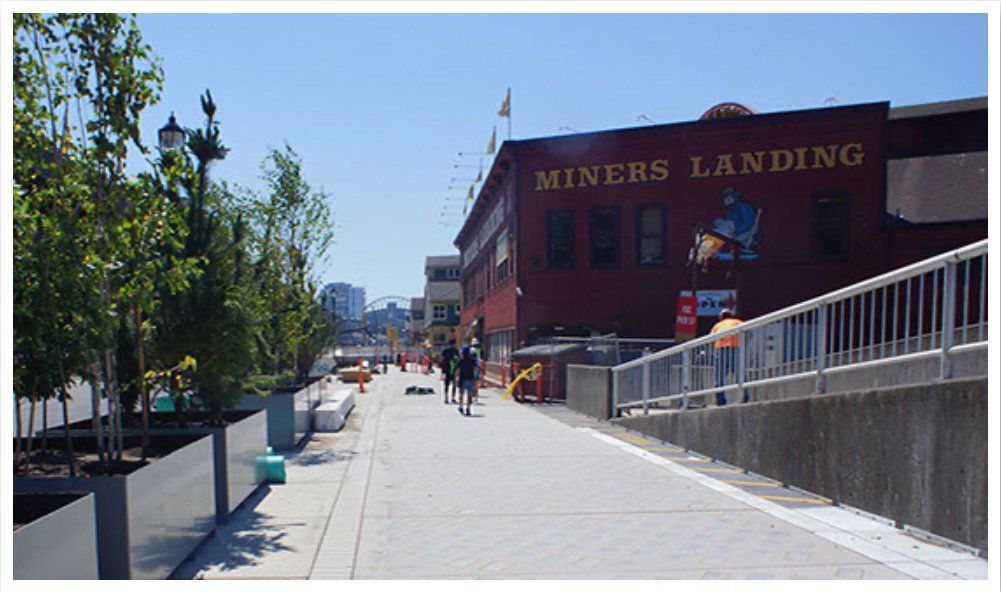From Health Hazard to Thriving Community
From Health Hazard to Thriving Community: Unconventional Solutions Solve City's Septic Problem

SG3 is the culmination of what we’ve learned over 30 years of work in the infrastructure realm. Our personal past experience is the vital springboard for delivering the value our clients have come to expect.
One example of this experience is Scott Goss’ unique solution for a critical septic and sewer problem for the City of Carnation. Scott helped the City gain the state and federal funding needed to remedy their concerns, and reinstate a healthy community and local economy.
Failing Septic Systems Create a Public Health Crisis
In the 1990s, the City of Carnation found itself in the dubious position of being the last incorporated municipality within King County to rely upon individual site septic systems for the community’s sewerage. The situation was dire. Large commercial septic systems with broken pipes were producing pools of sewage. 30% of local businesses had closed because failing systems could not be repaired. Additionally, private homeowners were spending tens of thousands of dollars to repair residential septic systems.
This evolved into a crisis for the local economy, public health, and the continued financial solvency of the City. King County finally declared a citywide development moratorium.
It’s Only Up from Here
As part of an engineering consulting team, Scott Goss worked closely with the City’s planner to address the sanitation problem. He helped update the City’s sewer plan by developing an approach for a city-wide sanitary sewer collection system.
This involved substantial interagency coordination with King County and the Washington State Health Department. To gain approval from stakeholders, the plan had to define the strategy and approach to developing a municipal utility system from the ground up, and determine how to fund it. At the time, Carnation was a rural community lacking the resources to fund the construction and startup of a citywide sewerage utility.
An Out-of-the-Box Idea Gains Traction
Several conventional funding options were explored, but no clear answers were forthcoming. Then, as an enhancement to the engineering team’s approach, Scott devised an unconventional funding concept with the potential to realize the necessary funds. He proposed having the entire City declared a health hazard in order to qualify for grants and low interest loans. The health hazard declaration, while not reflecting positively on the City, would clearly demonstrate to decision makers that this issue was a priority.
The health hazard approach was proposed to the City’s Public Works leaders and the City Planner. Although risky, everyone agreed it created a potential opportunity to obtain the needed funding. When Scott approached the Carnation City Council, he was met with silence, followed by several questions. His plan had been vetted among experts in the field; he provided detailed funding criteria for potential sources, and demonstrated that the scoring criteria actually favored the health hazard declaration. The City Council agreed with the plan, relieved to have a strategy to assure that their problem would gain official recognition.
Health Hazard Risk Becomes a Funding Opportunity
The King County Health Director heard Scott’s evidence for the declaration, and supported the strategy. The County issued a formal declaration that the failing septic systems in the City of Carnation constituted a citywide public health hazard.
Scott’s relationships with Washington State officials helped the City receive an additional state declaration that the entire City was a Severe Public Health Hazard, opening the door for state and federal funding.
Soon, the grant and loan acquisition work began. Scott made a lobbying trip to Washington D.C. to meet with the entire Washington delegation of Senators and Representatives, successfully seeking grant support.
A Path Towards a Healthier Community
With the comprehensive plan approved and funding sources in place, it was time to get down to the business of developing the system.
Scott helped the City acquire over $14M in federal and state grants and low-interest loans to launch the repair program, complete construction of a new sewer system, and establish a new utility serving every residence and business in the City of Carnation. Once the program was underway, the health hazard declarations were lifted and the City quickly regained recognition as a welcome place for new business. Although risky, this unconventional strategy delivered a spectacular success.
More information on the City of Carnation and the community today: http://www.carnationwa.gov/
SHARE
COMMENT








